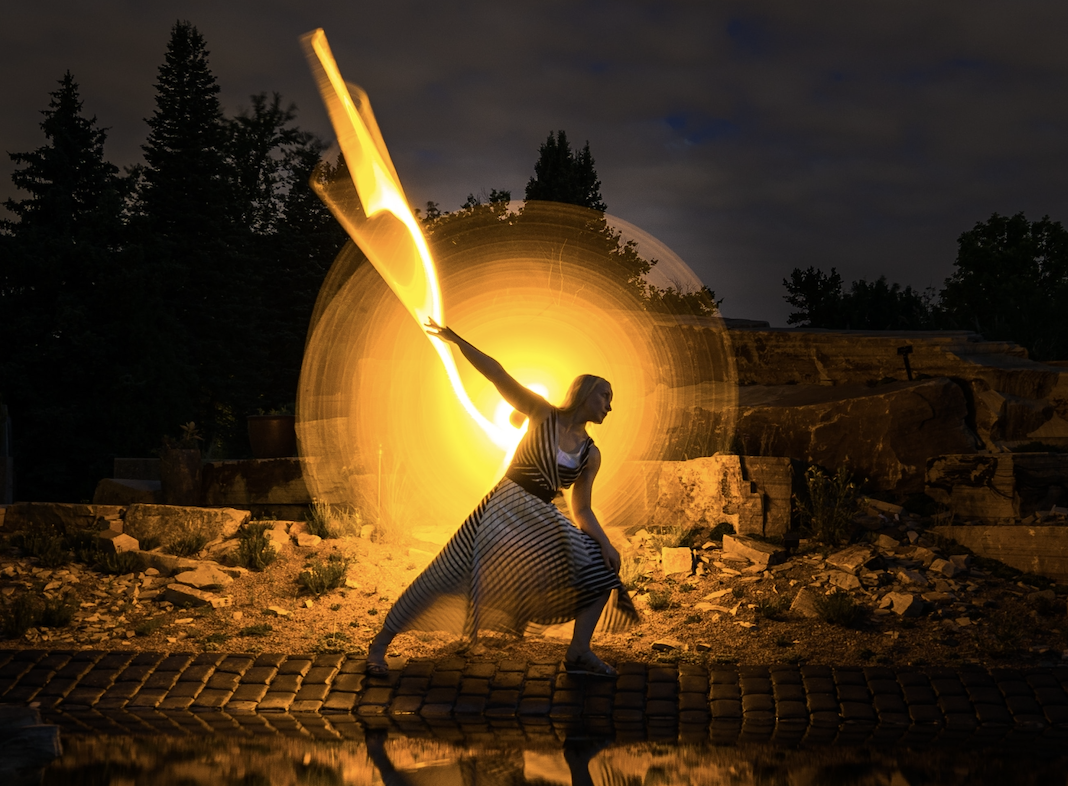
Embodying the Peaceful Warrior

With the intensity of violence and suffering happening in the world right now, I’ve been reflecting on what it means to embody the energy of the peaceful warrior.
To use one’s energy to stand for peace and for love, especially in the face of the darkest hurts.
The first and most important of the yamas—the ethical yogic principles guiding us to live in harmony with ourselves and others—is Ahimsa. This is often translated as ‘non-harming’ or ‘non-violence’, but I think a more full-hearted translation would be to embrace love for all beings. Master teacher Nischala Joy Devi translates this yoga sutra to: “Embracing reverence and love for all (Ahimsa), we experience oneness.”
In most circumstances, this may be an easy aspiration, even if it becomes hard in practice. We feel frustrated with our parent, our boss, our neighbor, the person in the checkout line. Yet, with some grace (and practice), we learn how to come back to center, to breathe through the impatience or resentment and to let the heart move us back to a place of harmony.
What happens, though, when the action seems unforgivable? When the offending party is far away and unfamiliar? When the circumstances are complex and difficult to understand? When all of the voices surrounding us are full of pain and ready to punish?
This is where the work of the peaceful warrior takes on new meaning, new effort, and new courage. To look at the state of the world today, to see through the greed, the pain, and the hatred that have blinded many into unthinkable acts of violence, to remember that humanity still lives in the darkest places. This is the work.
Bruce Lee
“Instead of opposing force by force, one should complete an opposing movement by accepting the flow of energy from it and defeat it by borrowing from it. This is the law of adaptation.”
The only force powerful enough to overcome entrenched violence and hatred is love. Mandela and Ghandi and Martin Luther King Jr. taught us that. To forgive those who cannot see as clearly, to remember that we are here to guide each other through the darkness—this is the only way to pave the road towards peace and harmony for all of us, present and future.
Love does not mean blindness to wrong action. It does not mean ignoring the suffering. In the same way you teach and care for a child, it can mean restraint of harm, but it also means patience, understanding, teaching, and living by example.
We start this work right where we are. Ahimsa applies foremost to the way we treat ourselves, as the way we treat everyone around us becomes an extension of this primary relationship. Taking extra care of ourselves in difficult times so we have the strength and capacity to witness difficult things and do what we can to stand up for what is right, this is the way of the peaceful warrior. Learning, sharing resources, speaking out, and praying are tools that I have been practicing recently as I walk my path during the heaviness of this time.
I encourage our resolve to find strength in our softness, to choose forgiveness over judgement, to choose love over fear.
Whatever embodying the peaceful warrior means and looks like to you, I see you. I honor you.
“I wish it need not have happened in my time,” said Frodo. “So do I,” said Gandalf, “and so do all who live to see such times. But that is not for them to decide. All we have to decide is what to do with the time that is given us.”
― J.R.R. Tolkien, The Fellowship of the Ring
References
- Be Water My Friend: The Teachings of Bruce Lee, by Shannon Lee
- The Secret Power of Yoga: A Woman’s Guide to the Heart and Spirit of the Yoga Sutras, by Nischala Joy Devi
- Photo by Xuan Nguyen on Unsplash
© Mohala Healing & Wellness